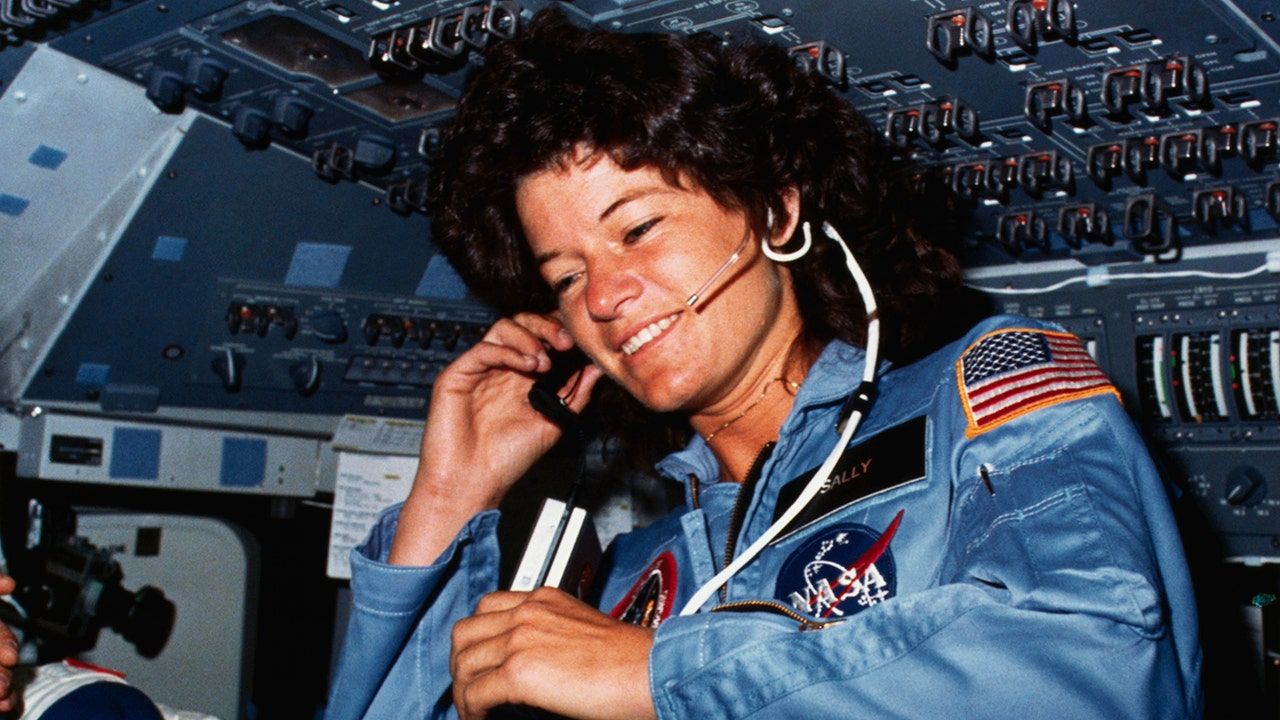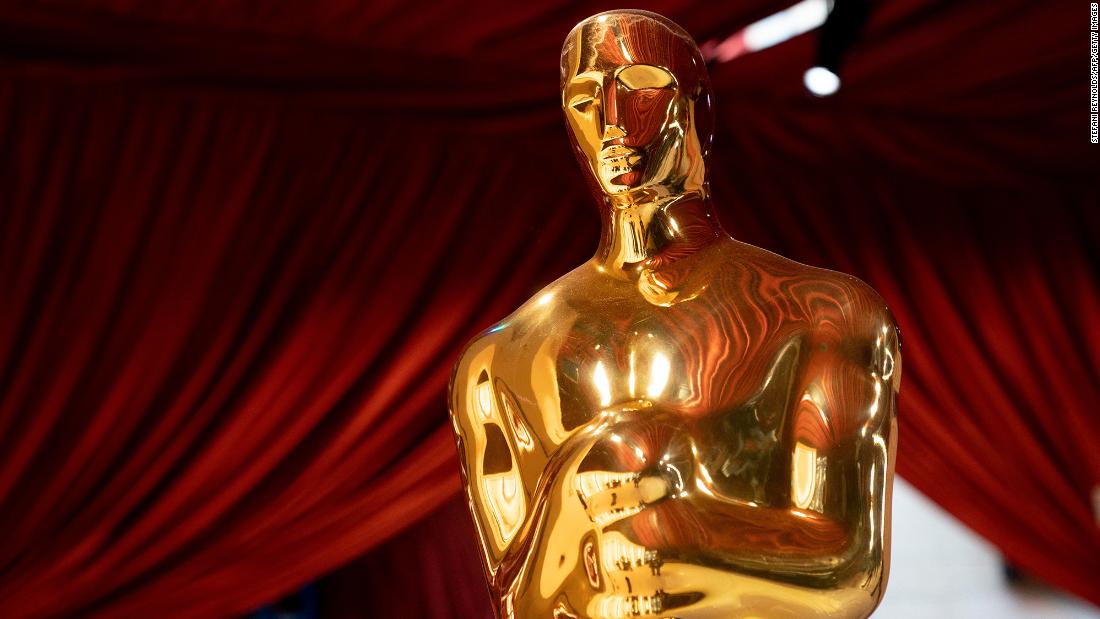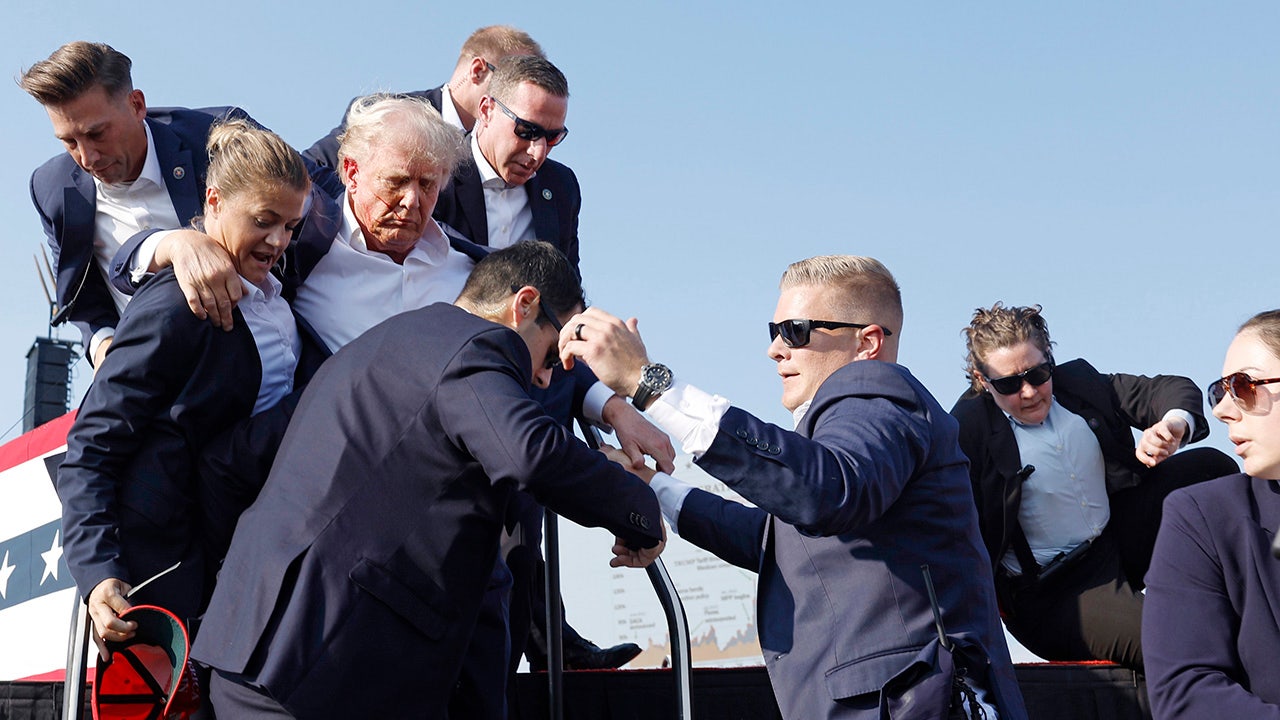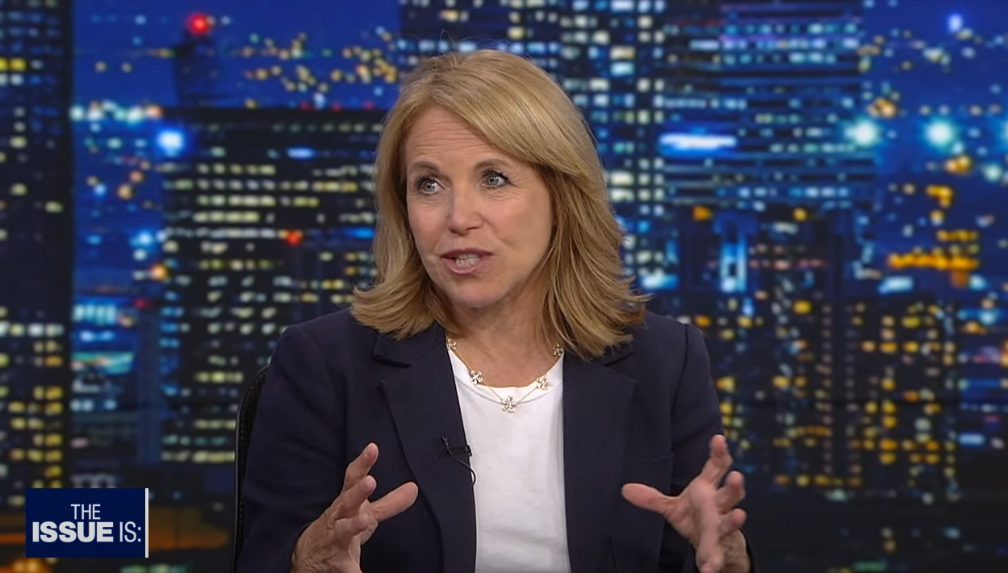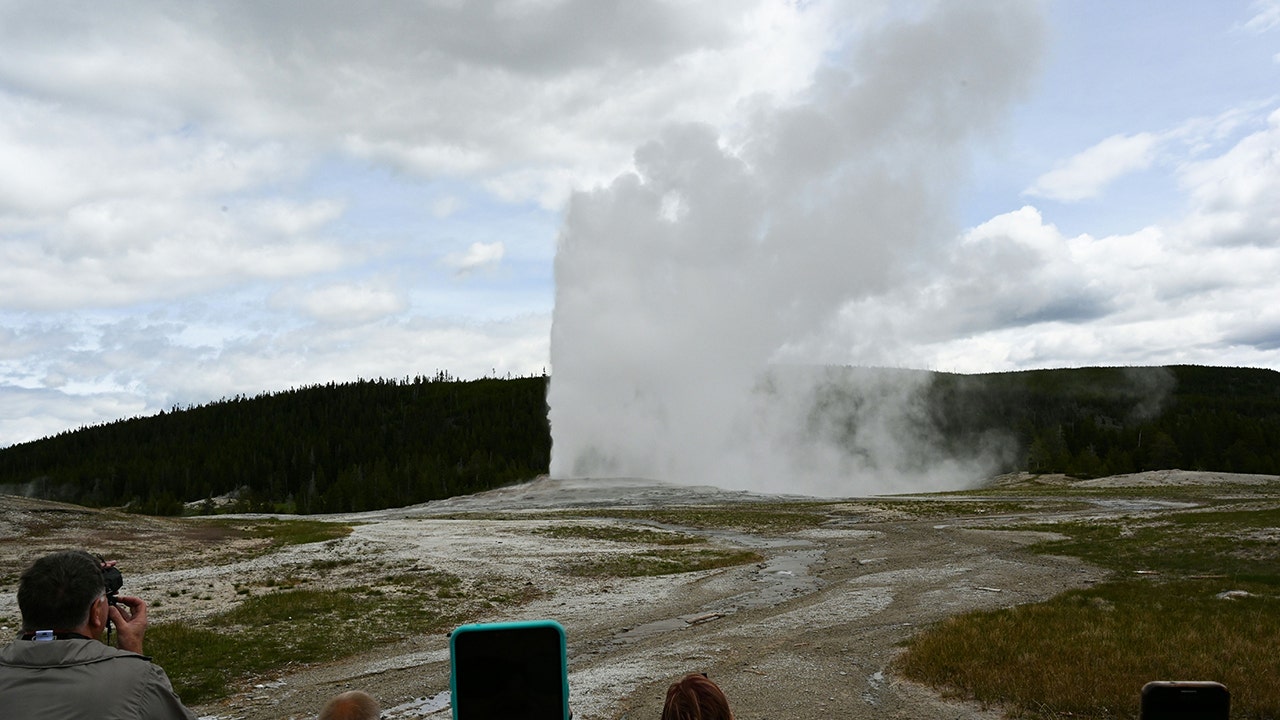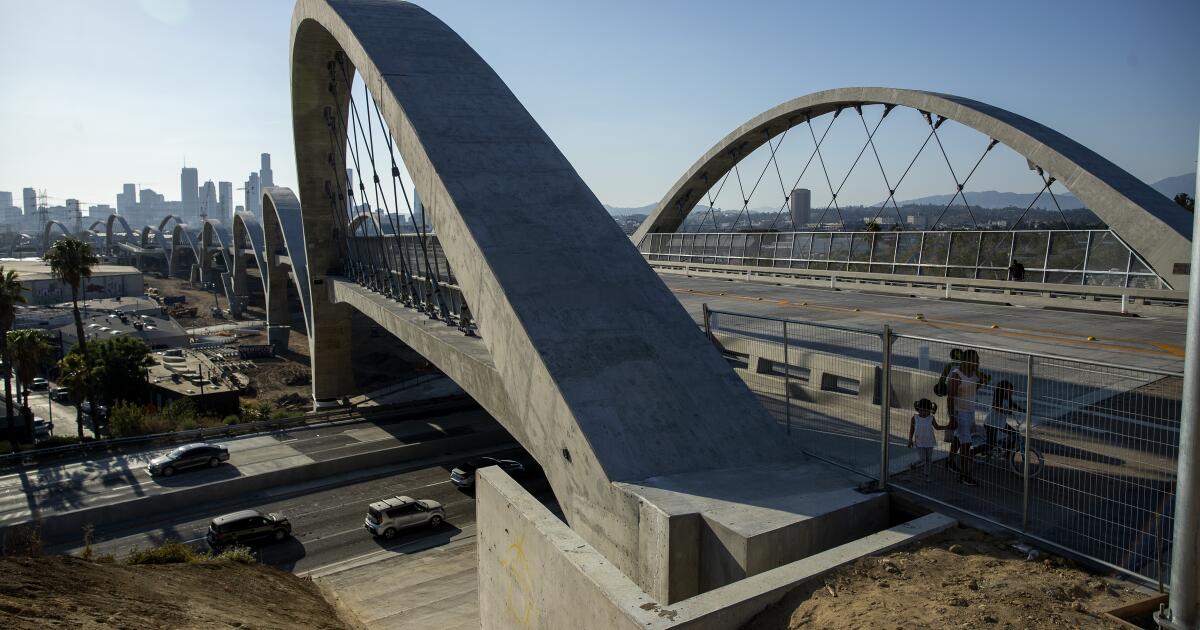Astronaut Sally Ride became the first American woman in space on this day, June 18, 1983.
Born on May 26, 1951 in Los Angeles, Ride earned a bachelor's degree in English and physics from Stanford University in California before staying at Stanford and earning a doctorate in physics in 1978.
Shortly before earning his doctorate, Ride saw a newspaper advertisement that piqued his interest.
ON THIS DAY IN HISTORY, JUNE 17, 1885, THE STATUE OF LIBERTY ARRIVES IN NEW YORK
NASA was recruiting astronauts, and for the first time, the agency would include women in its astronaut class.
“More than 8,000 men and women applied for the space program that year. Of the 35 individuals accepted, six were women, and I was one of them. This was January 1978,” Ride said in quotes listed on a page of tribute on the NASA website. .
The crew of STS-7, which included Sally Ride. She was the first American woman to go to space. (Getty Images)
The following year, Ride completed a year-long training and evaluation period. She would be assigned as a specialist on a future space shuttle mission.
Along with three of her fellow astronauts, Ride was eventually assigned to the STS-7 mission, according to NASA's website.
STS-7, which lifted off on June 18, 1983 from the Kennedy Space Center in Cape Canaveral, Florida, lasted six days on the space shuttle Challenger.
The mission involved the deployment of communications satellites, NASA said.
ON THIS DAY IN HISTORY, JUNE 3, 1965, ED WHITE BECOMES THE FIRST AMERICAN TO WALK IN SPACE: 'Simply TREMENDOUS'
Ride's job on the shuttle was to operate the robotic arm to put the satellites into space.
While Ride was the first American woman in space, she was actually the third woman to embark on a space flight.
The first woman in space, cosmonaut Valentina Tereshkova, flew into space on June 16, 1963 and spent two days in orbit on Vostok 6.
While Ride was the first American woman in space, she was actually the third woman to embark on a space flight.
Just 26 years old at the time, Tereshkova, a Russian, remains the youngest woman in space to date, the European Space Agency said.
The second woman in space was also Russian: Svetlana Yevgenyevna Savitskaya, who flew aboard the Soyuz T-7 in 1982.
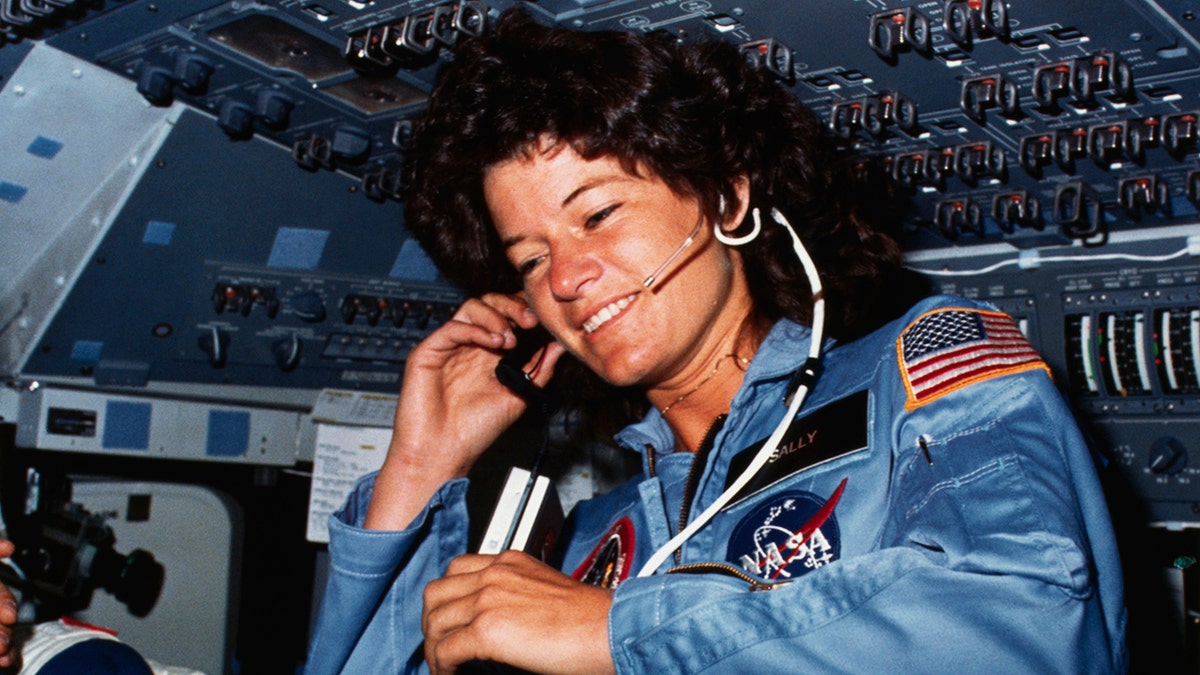
Astronaut Sally Ride, the first American woman in space, aboard the space shuttle Challenger during the STS-7 mission in 1983. (Getty Images)
Ride would return to space for his second and final spaceflight on STS-41-G in 1984.
On that mission, again aboard the space shuttle Challenger, Ride spent eight days in space.
She was assigned to a third space flight.
ON THIS DAY IN HISTORY, MAY 14, 1973, SKYLAB, THE US'S FIRST SPACE STATION, IS LAUNCHED.
However, that mission was not carried out due to the Challenger disaster in 1986.
Instead, Ride took a role on the Rogers Commission, investigating what caused the space shuttle Challenger explosion, NASA said.
“It looked like someone had taken a blue pencil and outlined the Earth.”
His time in space was deeply impactful.
“I remember floating out the window for the first time, looking out at the horizon and seeing a very, very thin royal blue line across the entire horizon,” Ride said.
THE FIRST MEN ON THE MOON, A UNIQUE AMERICAN ACHIEVEMENT, STILL SURPRISES US TODAY
“It looked like someone had taken a blue pencil and outlined the Earth. Then I realized the blue line was the Earth's atmosphere,” he said, according to his comments on NASA's website.
“It was memorable because it was obvious how fragile and delicate our atmosphere is (there just isn't much of it), but it sure is important!”

Astronaut Sally Ride said her favorite part of being in space was the feeling of weightlessness. (Getty Images)
Ride said what he liked most about space flight was the feeling of weightlessness.
“There's really nothing like it on Earth,” he said.
She had quite a bit of fun with it too.
ON THIS DAY IN HISTORY, APRIL 17, 1970, THE APOLLO 13 ASTRONAUTS RETURN ALIVE, DEFYING THE ODDS AFTER THE SPACE EXPLOSION
“When we first arrived in orbit, I did what many astronauts do: While I was still strapped into my seat, I held the pencil in front of my face and let it go. It floated,” Ride said.
“Once I got used to the weightlessness, I was able to do 30 somersaults in a row and glide like a seal from one side of the cabin to the other with just a gentle push.”
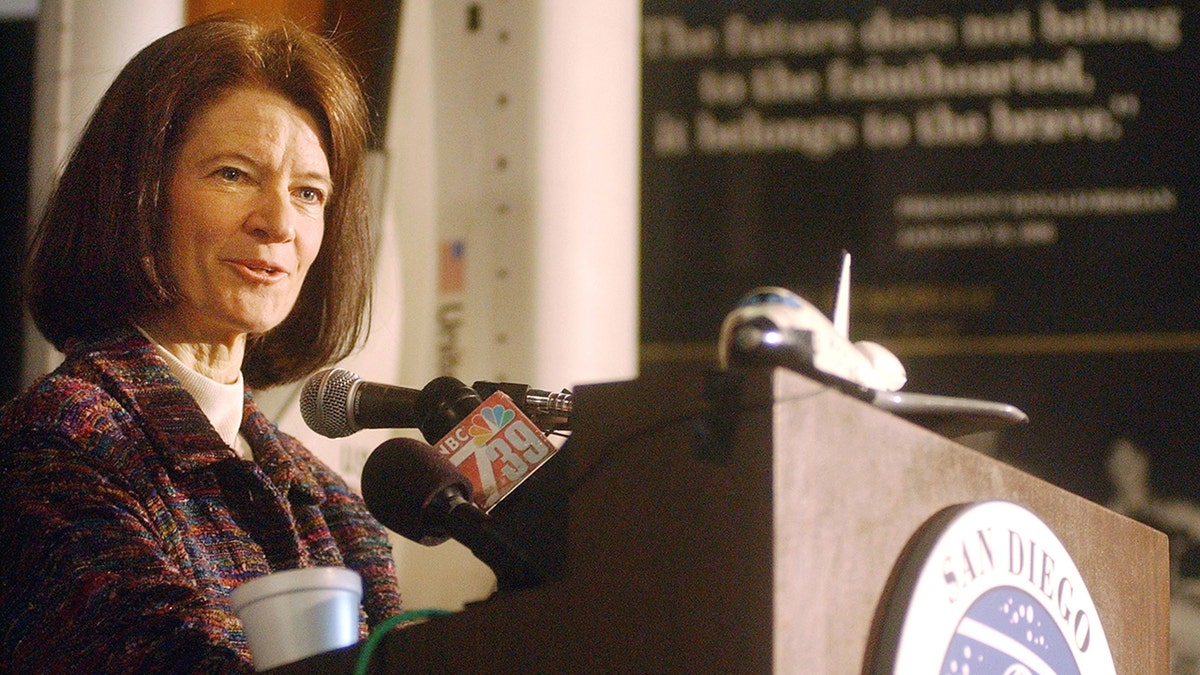
After her retirement from NASA, Ride became a university professor and advocate for women in science. (Getty Images)
Ride retired from NASA in 1987 and took a faculty position at the University of California, San Diego.
There she also served as director of the University of California's California Space Institute.
In 2001, she founded Sally Ride Science, an organization dedicated to encouraging girls to enter STEM fields, NASA noted.
“There are girls involved in science because of Sally Ride.”
Two years later, in 2003, Ride was inducted into the Astronaut Hall of Fame.
For more lifestyle articles, visit www.foxnews.com/lifestyle
“There are girls firmly involved in science because of Sally Ride,” author and broadcaster Lynn Sherr said in an interview shortly after the 2014 publication of her biography of the astronaut, “Sally Ride: America's First Woman in Science.” space”.
CLICK HERE TO SUBSCRIBE TO OUR LIFESTYLE NEWSLETTER
Ride died on July 23, 2012, at age 61, about a year after he was diagnosed with pancreatic cancer, according to media reports at the time of his death.
“Sally Ride broke barriers with grace and professionalism and literally changed the face of America's space program,” former NASA Administrator Charles Bolden said in comments posted on NASA's website.
CLICK HERE TO GET THE FOX NEWS APP
Ride logged a total of 343 hours in space during his two space flights.
One of Ride's last legacies was allowing high school students to take their own photographs of the moon using cameras aboard NASA's twin Grail spacecraft in a project spearheaded by his company, according to the Associated Press.

